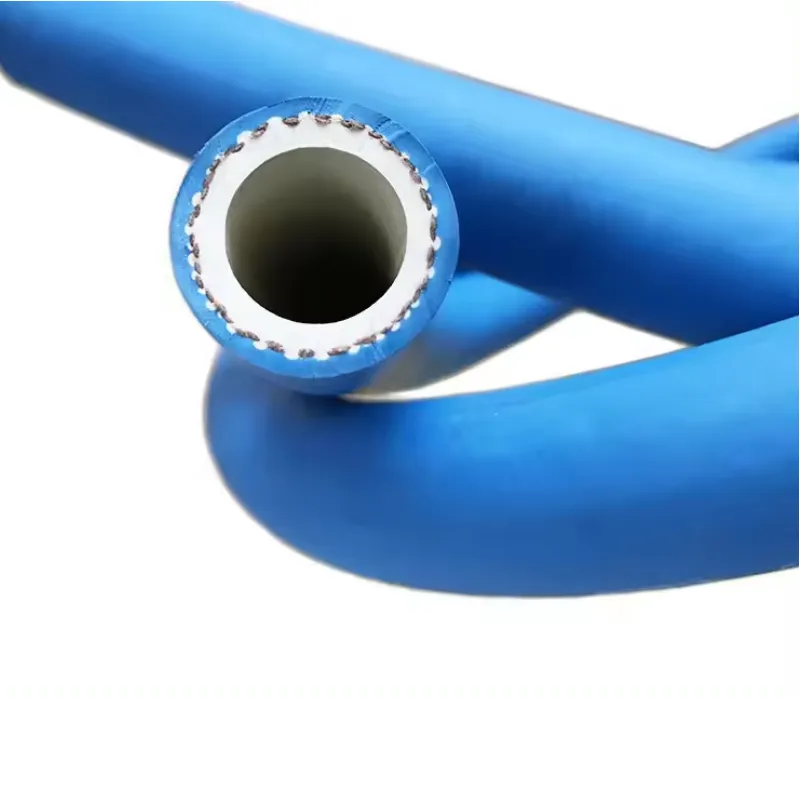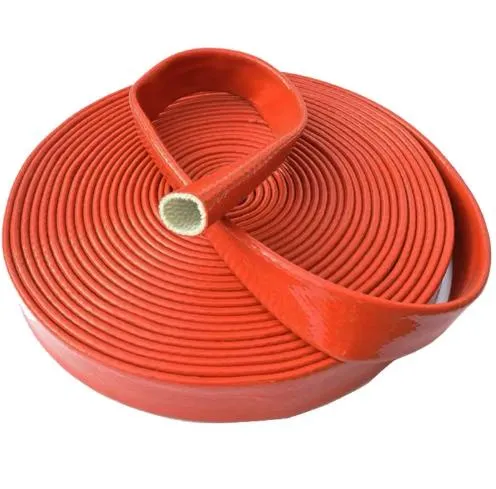
- Afrikaans
- Albanian
- Amharic
- Arabic
- Armenian
- Azerbaijani
- Basque
- Belarusian
- Bengali
- Bosnian
- Bulgarian
- Catalan
- Cebuano
- Corsican
- Croatian
- Czech
- Danish
- Dutch
- English
- Esperanto
- Estonian
- Finnish
- French
- Frisian
- Galician
- Georgian
- German
- Greek
- Gujarati
- haitian_creole
- hausa
- hawaiian
- Hebrew
- Hindi
- Miao
- Hungarian
- Icelandic
- igbo
- Indonesian
- irish
- Italian
- Japanese
- Javanese
- Kannada
- kazakh
- Khmer
- Rwandese
- Korean
- Kurdish
- Kyrgyz
- Lao
- Latin
- Latvian
- Lithuanian
- Luxembourgish
- Macedonian
- Malgashi
- Malay
- Malayalam
- Maltese
- Maori
- Marathi
- Mongolian
- Myanmar
- Nepali
- Norwegian
- Norwegian
- Occitan
- Pashto
- Persian
- Polish
- Portuguese
- Punjabi
- Romanian
- Russian
- Samoan
- scottish-gaelic
- Serbian
- Sesotho
- Shona
- Sindhi
- Sinhala
- Slovak
- Slovenian
- Somali
- Spanish
- Sundanese
- Swahili
- Swedish
- Tagalog
- Tajik
- Tamil
- Tatar
- Telugu
- Thai
- Turkish
- Turkmen
- Ukrainian
- Urdu
- Uighur
- Uzbek
- Vietnamese
- Welsh
- Bantu
- Yiddish
- Yoruba
- Zulu

Feb . 17, 2025 16:04 Back to list
corrugated rubber hose


The complexity of corrugated rubber hoses means that even the most seasoned experts must approach maintenance with a detailed understanding. Regular inspections can preemptively identify wear and fatigue, preventing failures that could lead to costly downtime. Key inspection points include checking for surface abrasions, leaks, kinks, and ensuring that fittings are secure and corrosion-free. Furthermore, correct installation practices contribute significantly to the hose’s lifespan. Installation experts recommend that hoses be installed with the appropriate minimum bend radius as specified by the manufacturer to prevent undue stress and potential damage over time. It is equally important to ensure that hose assemblies are correctly aligned with the associated equipment to avoid mechanical strain. Educating teams and operators on these nuanced practices helps build authority in managing corrugated rubber hoses efficiently. This level of expertise not only enhances productivity but also ensures safety in the workplace by mitigating risks associated with hose failures. Advanced users can further refine their application strategies by leveraging modern technologies such as Computer-Aided Design (CAD) to simulate installations and anticipate operational loads. These simulations offer an authoritative foundation for making informed decisions about hose environments and configurations. The industry continues to innovate, and the future of corrugated rubber hoses may include advancements like smart hoses with embedded sensors for real-time monitoring of parameters like temperature and pressure. Such innovations can significantly improve predictability and control, facilitating proactive maintenance and extending hose life. In conclusion, corrugated rubber hoses serve as vital components in various industries, enabled by their design flexibility and robust material composition. By understanding the elements of material selection, adherence to manufacturing standards, and maintenance protocols, professionals can optimize the use of these hoses, ensuring reliability and safety across applications. The cultivation of a deep understanding of this product type is invaluable, promising long-term savings and operational efficiency for businesses that rely on this indispensable technology.
Latest News
Steel Wire Reinforced Hydraulic Hose SAE 100 R1 / EN853 1SN S
NewsOct.17,2024
Two Layers Steel Wire Reinforced Hydraulic Hose SAE 100 R2 / EN853 2SN
NewsSep.03,2024
Textile Braid Reinforced Hydraulic Hose SAE100 R3+R6
NewsSep.03,2024
Textile Reinforced Hydraulic oil Suction Hose with embedded Steel Wire SAE 100 R4
NewsSep.03,2024
Single Wire Braid and Textile Covered Hydraulic Hose SAE 100 R5
NewsSep.03,2024
High Pressure Thermoplastic Hydraulic Hose SAE 100 R7 / EN855 R7 - SAE 100 R8 / EN855 R8
NewsSep.03,2024
Heavy Duty Four-layer Steel Wire Spiral Reinforced Hydraulic Hose SAE100R9+R10+R12
NewsSep.03,2024
Heavy Duty Multi-layer Steel Wire Reinforced Hydraulic Hose SAE100R13 SAE100R15
NewsSep.03,2024
Latest Products










